Jan 08 | 2020
Understanding what EdTech is needed – and how to train with it – is crucial in the modern school.
Bett Asia spoke to Joss Gamble, Director of Digital Learning at SRI KDU International School, Kuala Lumpur, Malaysia, to find out more about his school's approach to tackling this hot topic.

I have been in the role of Director of Digital Learning for about one year now. The role has a number of elements to it including strategic leadership and planning of whole school/campus projects, purchasing and policies relating to EdTech and Digital Learning, parental and student engagement and workshops to staff professional development and training.
There are other aspects that are not related to Digital Learning as well and include communication and SIMS, and so on.
That’s a big question and one that has many answers. In secondary we have a Bring Your Own Device (BYOD) policy in place that constitutes students’ main device, but is different at the 3 key stages:
• KS3 is iPad only
• KS4 is iPad or Laptop
• KS5 the students are given complete control over their device, as long as they have one
This is a policy that is in flux at the moment and seems to be an area that a lot of schools are tackling. The key issues are:
• What age do you stipulate?
• BYOD or 1:1?
• What device (iPad, Chromebook, Windows, Mac, etc)?
We have been heavily influenced by our student and parent body on the decisions in the secondary school and it continues to be a discussion we have regularly. The policy is also reviewed yearly and part of the reason for this is due to the changing climate in relation to tech in education.
This has given us greater control of the devices at this age and means that they are only ever being used by the students when the educational need is actually there.
Within both the secondary and primary schools, we have supplemented the devices with the ability to Airplay in the classroom and some, not all, classrooms have a Promethean IWB as well.
We have a stock of cameras, digital visualizers, Dictaphones, laptops, and additional iPads etc., as well for staff to book out for projects. We also have three ICT suites with Windows 10 machines and one Mac suite for music. The ICT suites are equipped with 3D printers, class sets of Raspberry Pi’s, Arduinos and further robotics equipment.
That depends on the technology required.
If it is a departmental request, and not whole school, it’s a much easier process and usually happens on a yearly basis as part of budget requests.
This starts with justification from the department and then we look at use vs cost, etc before moving forwards with it.
If it is whole school, the plan has to be much more rigorous.
We tend to start with simple discussions with the main stakeholders (staff, students, management, etc.) and looking into other examples of best practice if they exist. It’s very rare now for a school to be the first to use a technology so its normally easy to find others that have used it or something similar.
Depending on the cost of the purchase we may get multiple vendors on to demo and test equipment and we try and put demo or test equipment into the hands of the people who will use it, i.e. the teachers or the students.
What kind of training do you provide to teachers to ensure they are familiar with new tech?
The introduction of significant tech also requires a lot of communication and training before it happens.
Staff in particular cannot implement a new technology - iPad being the most recent for us - without time to adapt Schemes of Learning and Lesson Plans without first knowing what the technology can do and how they can use it in their lessons.
Basically, this is a big deal and we put a lot of time, effort and money into CPD for the technology we use. Our current focus is making sure all staff have a minimum of Apple Teacher and Google Level 1 Educator status.
Above this we send staff on specific CPD session around Asia that link directly to our SIP and strategic goals. We have Twilight every half term and part of that time is always set aside for Digital Learning. We also deliver a snapshot every other week in our staff briefings.
This is a really big question.
The answer is yes, a lot but they can be difficult to quantify at times.
Time would be the biggest, a lot of different areas and focuses always vie for time in a CPD calendar and making the call to either keep or cut a specific focus can be difficult. Buy-in is also another key aspect.
The staff have to believe that they are investing in something that will have a positive impact on their lessons, workload and student outcomes. Without their buy-in you will spend most of your time trying to get them to do the training and you probably won’t succeed.
Why should they invest their time in something they don’t see as having a positive or worthwhile impact on their own practice? You also have to really justify why you are asking them to commit more of their time to something new, a teacher’s workload is always high without any additional training, so you have to have a water-tight case.
Don’t implement anything without good cause. Just because you think it might be the right way forwards doesn’t mean everyone else will understand this and always remember that the student should be at the centre of any decision you make. Not the money, not the technology, not the staff.
Finally, and most importantly, don’t rush a deployment of anything. There needs to be a process and you need to ensure that as many people as possible are on-bard with the decision to use the technology as possible and understand the advantages it brings to them in the long run.
Do you attend Bett Asia? If so, what do you make of the show? Do you use it to find new EdTech suppliers?
Yes, I am also on the BETT Asia Advisory Board. I really like the show and have found a number of suppliers though it, particularly for items that can otherwise be difficult to find in Malaysia or may be hard to discuss the implementation of.
In regard to the BETT show as a whole I find the most benefit comes from the Plenary Sessions and the discussions they generate. The networking is also a key part of the show and is a unique opportunity within Asia.
Bett Asia is the place to gain deeps insights into Asia’s education sector.
Our mission is to bring together people, ideas, practices and technologies so that educators and learners can fulfil their potential.
Bett Asia is the region’s leading education technology conference and expo, gathering senior education leaders, educators and innovators to share intelligence on how to improve learning in the 21st century.
For our upcoming 2020 edition, we will continue to build on our position as the leading EdTech thought-leadership conference in Asia, with an expected 2,600+ attendees, 100+ world class speakers, leading companies and inspirational start-ups.
Register to visit Bett Asia.

Specifying EdTech in Asian schools: an expert's view
How long have you held your position as Director of Digital Learning at SRI KDU International School? What does your role entail?
I have been in the role of Director of Digital Learning for about one year now. The role has a number of elements to it including strategic leadership and planning of whole school/campus projects, purchasing and policies relating to EdTech and Digital Learning, parental and student engagement and workshops to staff professional development and training.
There are other aspects that are not related to Digital Learning as well and include communication and SIMS, and so on.
What kind of technologies are in use at your school? How did you decide which to use?
That’s a big question and one that has many answers. In secondary we have a Bring Your Own Device (BYOD) policy in place that constitutes students’ main device, but is different at the 3 key stages:
• KS3 is iPad only
• KS4 is iPad or Laptop
• KS5 the students are given complete control over their device, as long as they have one
This is a policy that is in flux at the moment and seems to be an area that a lot of schools are tackling. The key issues are:
• What age do you stipulate?
• BYOD or 1:1?
• What device (iPad, Chromebook, Windows, Mac, etc)?
We have been heavily influenced by our student and parent body on the decisions in the secondary school and it continues to be a discussion we have regularly. The policy is also reviewed yearly and part of the reason for this is due to the changing climate in relation to tech in education.
This has given us greater control of the devices at this age and means that they are only ever being used by the students when the educational need is actually there.
Within both the secondary and primary schools, we have supplemented the devices with the ability to Airplay in the classroom and some, not all, classrooms have a Promethean IWB as well.
We have a stock of cameras, digital visualizers, Dictaphones, laptops, and additional iPads etc., as well for staff to book out for projects. We also have three ICT suites with Windows 10 machines and one Mac suite for music. The ICT suites are equipped with 3D printers, class sets of Raspberry Pi’s, Arduinos and further robotics equipment.
How do you source new technologies? How do you introduce education technology into your school?
That depends on the technology required.
If it is a departmental request, and not whole school, it’s a much easier process and usually happens on a yearly basis as part of budget requests.
This starts with justification from the department and then we look at use vs cost, etc before moving forwards with it.
If it is whole school, the plan has to be much more rigorous.
We tend to start with simple discussions with the main stakeholders (staff, students, management, etc.) and looking into other examples of best practice if they exist. It’s very rare now for a school to be the first to use a technology so its normally easy to find others that have used it or something similar.
Depending on the cost of the purchase we may get multiple vendors on to demo and test equipment and we try and put demo or test equipment into the hands of the people who will use it, i.e. the teachers or the students.
What kind of training do you provide to teachers to ensure they are familiar with new tech?
The introduction of significant tech also requires a lot of communication and training before it happens.
Staff in particular cannot implement a new technology - iPad being the most recent for us - without time to adapt Schemes of Learning and Lesson Plans without first knowing what the technology can do and how they can use it in their lessons.
Basically, this is a big deal and we put a lot of time, effort and money into CPD for the technology we use. Our current focus is making sure all staff have a minimum of Apple Teacher and Google Level 1 Educator status.
Above this we send staff on specific CPD session around Asia that link directly to our SIP and strategic goals. We have Twilight every half term and part of that time is always set aside for Digital Learning. We also deliver a snapshot every other week in our staff briefings.
What are the most common occurring issues you face when upskilling teachers with education technology? Are there any major obstacles?
This is a really big question.
The answer is yes, a lot but they can be difficult to quantify at times.
Time would be the biggest, a lot of different areas and focuses always vie for time in a CPD calendar and making the call to either keep or cut a specific focus can be difficult. Buy-in is also another key aspect.
The staff have to believe that they are investing in something that will have a positive impact on their lessons, workload and student outcomes. Without their buy-in you will spend most of your time trying to get them to do the training and you probably won’t succeed.
Why should they invest their time in something they don’t see as having a positive or worthwhile impact on their own practice? You also have to really justify why you are asking them to commit more of their time to something new, a teacher’s workload is always high without any additional training, so you have to have a water-tight case.
What advice would you give to an educator or head of technology at a similar institute who wants to train their staff on using education technology?
Don’t implement anything without good cause. Just because you think it might be the right way forwards doesn’t mean everyone else will understand this and always remember that the student should be at the centre of any decision you make. Not the money, not the technology, not the staff.
Finally, and most importantly, don’t rush a deployment of anything. There needs to be a process and you need to ensure that as many people as possible are on-bard with the decision to use the technology as possible and understand the advantages it brings to them in the long run.
Do you attend Bett Asia? If so, what do you make of the show? Do you use it to find new EdTech suppliers?
Yes, I am also on the BETT Asia Advisory Board. I really like the show and have found a number of suppliers though it, particularly for items that can otherwise be difficult to find in Malaysia or may be hard to discuss the implementation of.
In regard to the BETT show as a whole I find the most benefit comes from the Plenary Sessions and the discussions they generate. The networking is also a key part of the show and is a unique opportunity within Asia.
Discover more education technology insights at Bett Asia
Bett Asia is the place to gain deeps insights into Asia’s education sector.
Our mission is to bring together people, ideas, practices and technologies so that educators and learners can fulfil their potential.
Bett Asia is the region’s leading education technology conference and expo, gathering senior education leaders, educators and innovators to share intelligence on how to improve learning in the 21st century.
For our upcoming 2020 edition, we will continue to build on our position as the leading EdTech thought-leadership conference in Asia, with an expected 2,600+ attendees, 100+ world class speakers, leading companies and inspirational start-ups.
Register to visit Bett Asia.
.png?ext=.png)

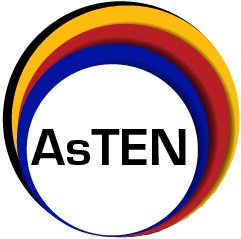
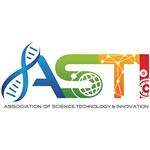
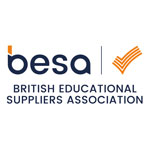


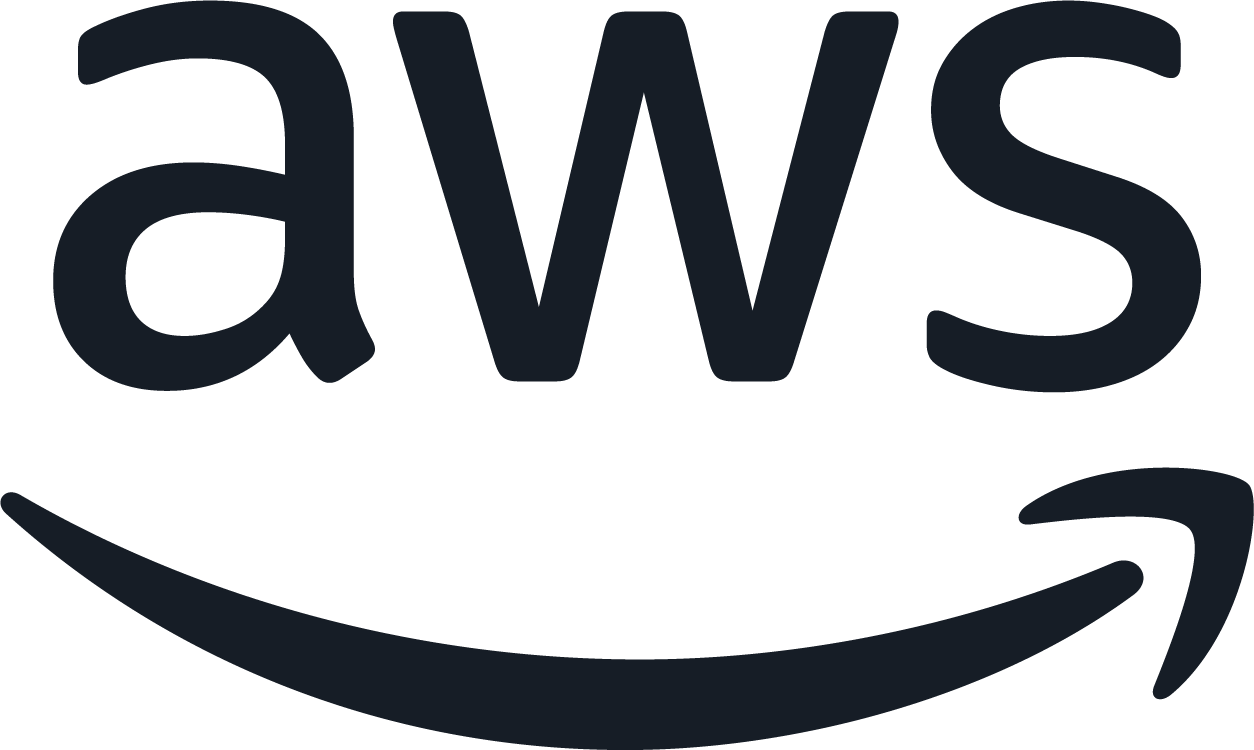
.png?ext=.png)




.png?ext=.png)
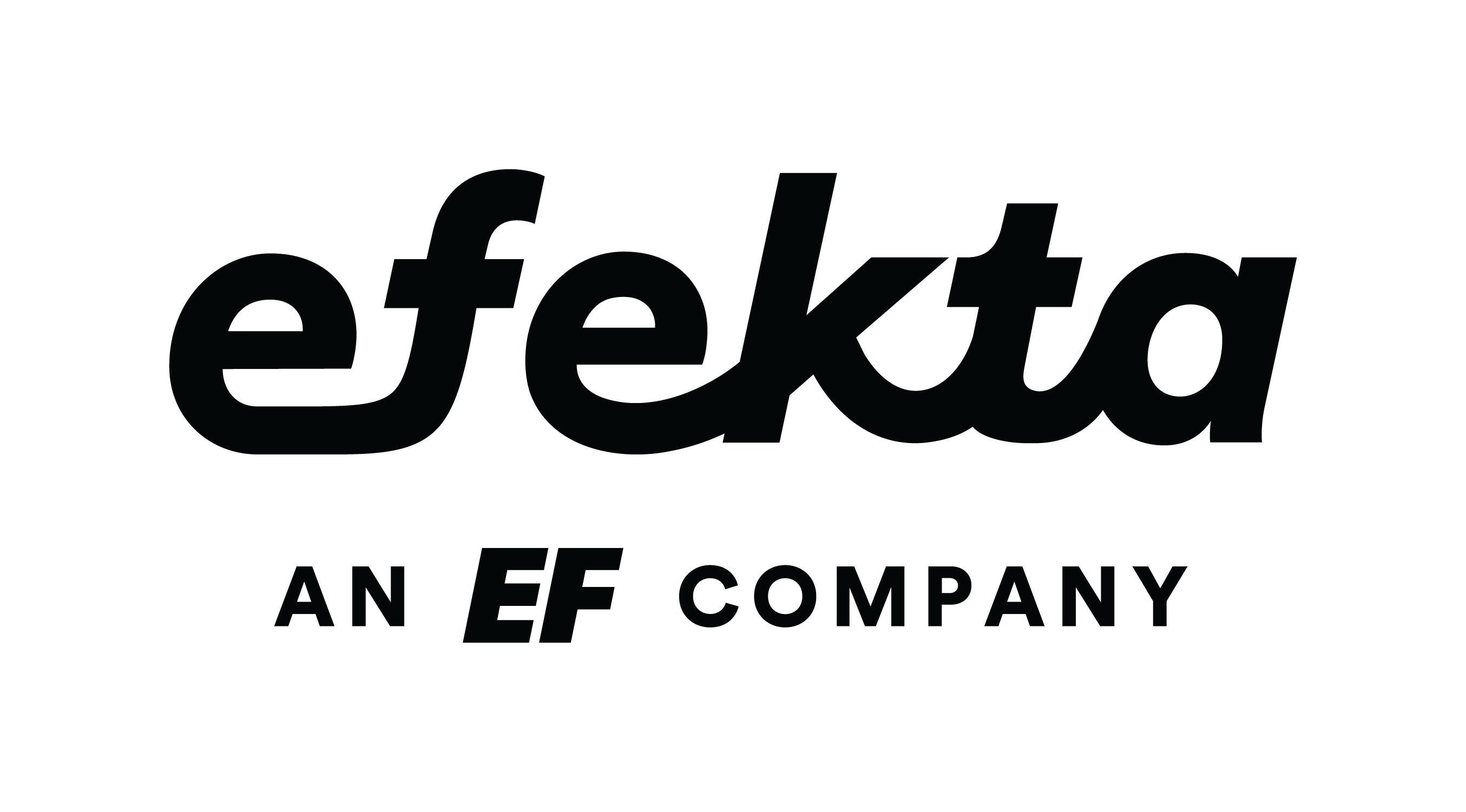


.png?ext=.png)
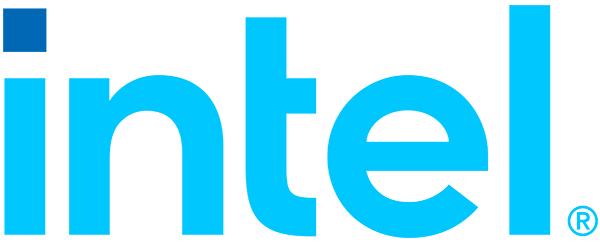






.png?ext=.png)
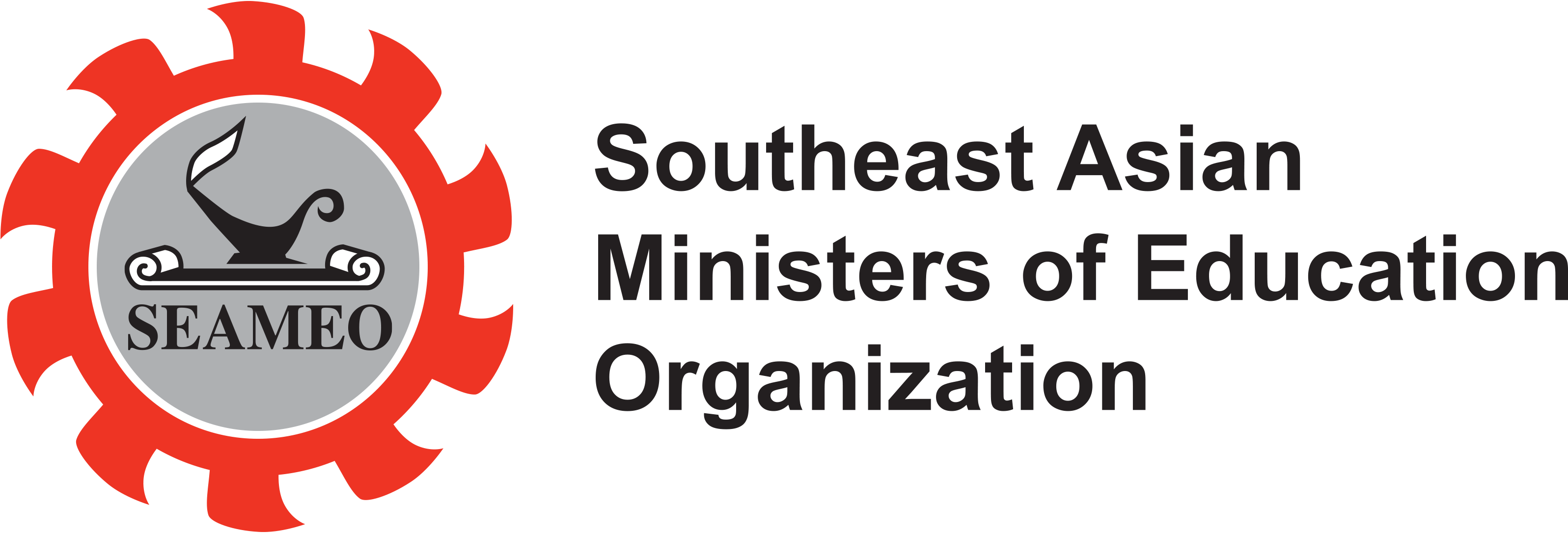
.png?ext=.png)

.png?ext=.png)

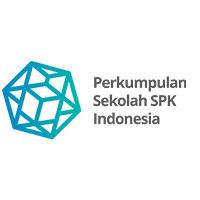

-4000px-(2).png?ext=.png)




